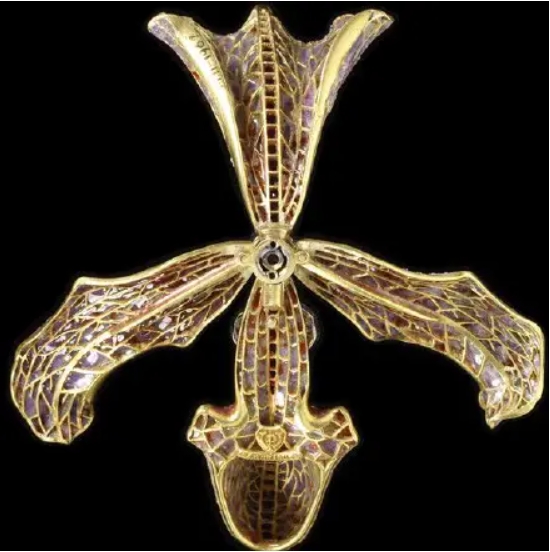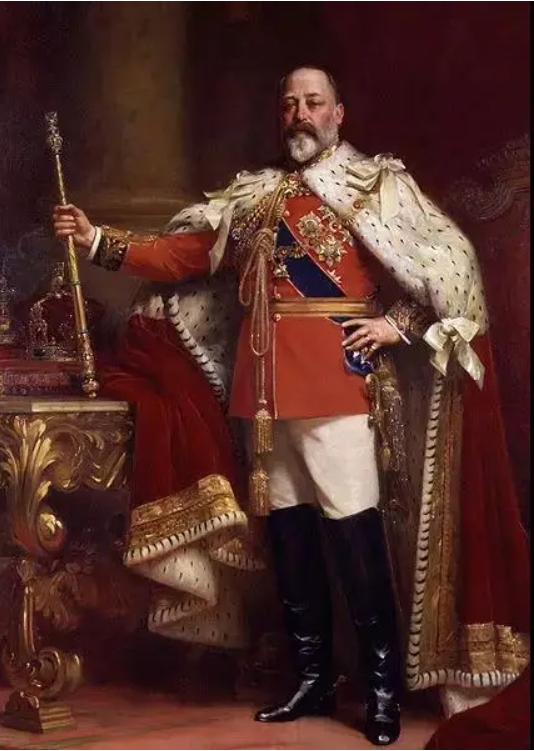The New Art Movement Era: the natural beauty of East West tntegration. In the late 19th century, … The New Art Movement Era: The Natural Beauty of East West IntegrationRead more
Jewelry Kiwi
Jeulia Jewelry Kiwi
Jewelry Kiwi encompasses a wide range of information related to various aspects of jewelry;
understanding different types of metals and gemstones; such as gold, silver, pearl, gemstone, diamond and so on;
recognizing jewelry styles and designs;
knowing about jewelry making techniques;
being aware of jewelry care and maintenance practices;
understanding the historical and cultural significance of jewelry throughout different time periods and civilizations.
Combining our products, Jeulia will provide you with a more detailed explanation of jewelry kiwi knowledge, which will facilitate your better understanding. Let you better understand the charm, brilliance, and meaning that jewelry brings to our daily life.
Jewelry is a high-end art piece, whose value lies not only in its sparkling appearance and exquisite craftsmanship, but also in the professional knowledge and cultural connotations contained behind it. There are various types of jewelry, including diamonds, jadeite, pearls, rubies and sapphires, each with its unique characteristics and value.
What is Enamel Craftsmanship?
The History of Enamal Craftsmanship Enamel craftsmanship is an ancient surface decoration technique that can be traced … What is Enamel Craftsmanship?Read more
Edward VII Era: The Era of Abandoning Machines
There are four important periods in the development of jewelry style types: the Victorian period, the … Edward VII Era: The Era of Abandoning MachinesRead more

